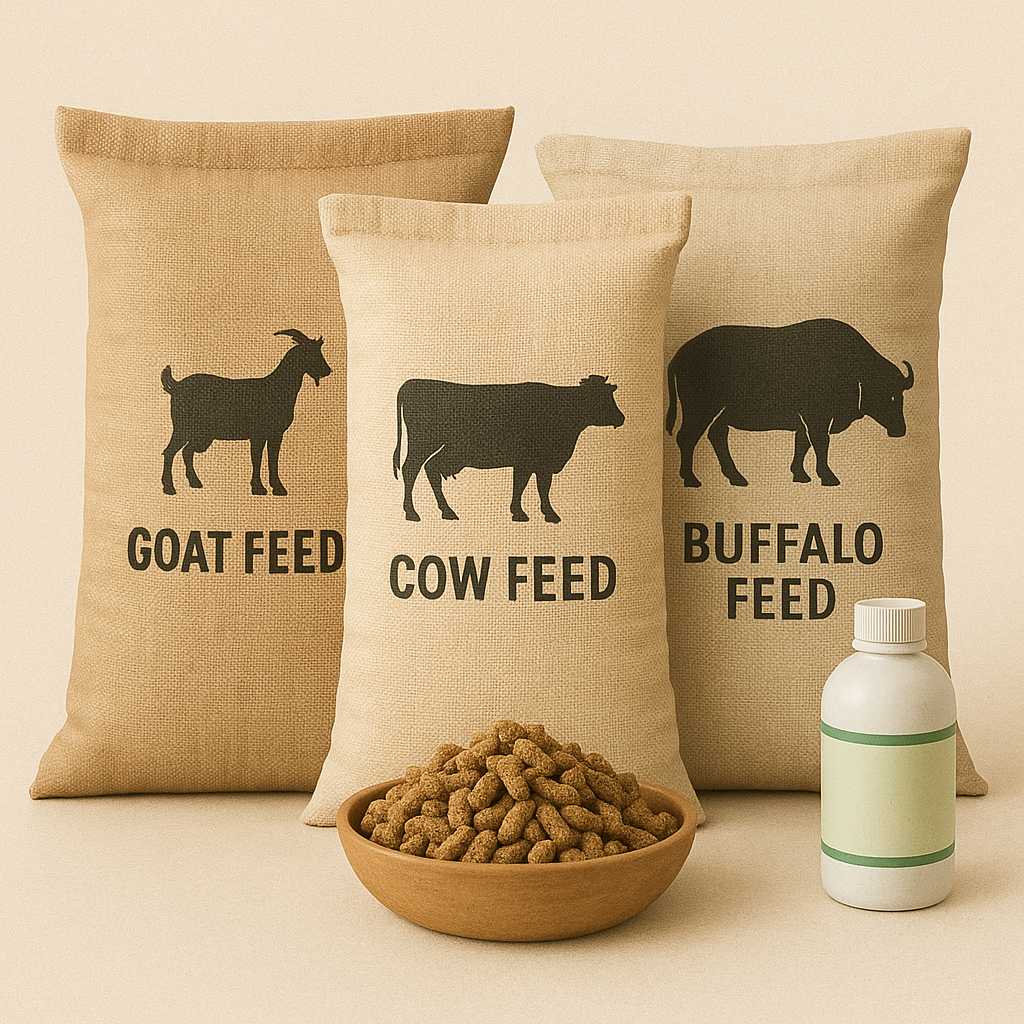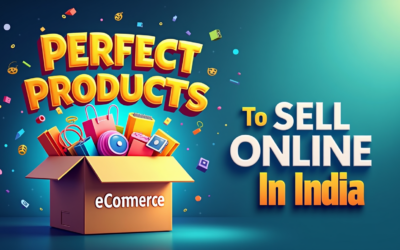
Effective Pricing: Building Value in Competitive Markets
Introduction
In today’s competitive markets, setting the right price is not just about covering costs and making profits. It is also about showing value.
Consumers often link price to quality and trust. A good pricing strategy can set your brand apart from competitors, even in busy markets. Your pricing affects how customers view your value. This is true whether you sell luxury items or budget-friendly products.
This blog will walk you through key strategies to help build customer loyalty, enhance brand image, and stay ahead in a crowded market.
1. Understand Your Market and Position Your Brand
Knowing your market and audience is essential for effective pricing. Researching competitors, understanding your customers, and positioning your brand within the market helps clarify where your brand stands and what customers expect. For example, if you’re entering a premium segment, a low price might undermine customer perception of quality.
Understanding your audience can guide your pricing structure to meet customer expectations. If you’re in a market with price-sensitive buyers, consider a strategy where you start with a low price to gain market share and then gradually increase it.
2. Create a Strategy Focused on Value
Value-based pricing is about setting prices based on the benefits your product offers to customers, rather than costs alone. This approach requires a deep understanding of what your customers need and desire. Ask yourself: How much would a customer be willing to pay for this product, given the unique benefits it provides?
For example, if your product offers convenience, high-quality materials, or exceptional service, customers may be willing to pay a premium. By highlighting these features, you justify a higher price point, allowing customers to see the worth behind the cost.

3. Use Psychology to Attract Customers
Psychological pricing plays on customer emotions and perceptions. This tactic involves adjusting prices in ways that make products seem more attractive without a direct discount. A common method is setting prices just below whole numbers, such as $9.99 instead of $10, which makes the product feel like a better deal.
Bundling is another tactic where multiple products are offered together at a slightly reduced price, giving customers the feeling of getting a bargain. Psychological pricing works well in competitive markets because it attracts budget-conscious customers without undermining the brand’s value.
4. Communicate Quality through Premium Pricing
Premium pricing establishes your product as high-end and exclusive. This strategy involves setting prices higher than competitors to create a sense of exclusivity and appeal to customers who value distinction. When using premium pricing, it’s essential to support the price with high-quality marketing, excellent customer service, and a seamless shopping experience.
Luxury brands, for instance, use premium pricing to emphasize quality and craftsmanship. Customers who seek prestige and exclusivity are often willing to pay more if they perceive the product as worth the premium. This strategy works best for brands that prioritize quality over cost and cater to an audience less concerned with price.

5. Stay Flexible with Dynamic Pricing
Dynamic pricing involves adjusting prices based on factors like demand, competition, and seasonality. This strategy, often used in industries like travel and e-commerce, allows businesses to respond in real-time to changes in the market. Dynamic pricing keeps you competitive while maximizing profit during high-demand periods.
For example, during peak shopping seasons, an e-commerce platform might raise prices slightly due to increased demand. Conversely, during off-peak times, lowering prices can attract price-sensitive customers. With dynamic pricing, the goal is to maximize profitability while remaining responsive to market conditions.
Offer Flexible Pricing Models
Freemium and tiered pricing models provide flexibility, allowing customers to choose a plan based on their needs and budget. In freemium models, businesses offer a basic product for free, with the option to upgrade for added features. Tiered pricing, on the other hand, provides several price points for different levels of service or product.
For example, a software company might offer a free version with limited features and charge for premium access. This strategy is effective in markets with diverse customer bases, as it offers options for both budget-conscious users and premium customers who want more.

7. Emphasize Value in Marketing and Communication
No matter which pricing strategy you choose, communicating value is key. Consumers need to understand what makes your product unique and why it’s priced the way it is. Transparent communication about quality, features, and benefits helps build trust and justifies the price.
If you’re charging a premium, emphasize the quality materials, craftsmanship, or exclusive features in your marketing. If you’re using competitive pricing, highlight your product’s value compared to others in the market. Clear, value-focused messaging can make a significant difference in how customers perceive your brand and its prices.
Conclusion
Effective pricing is more than just setting a number—it’s a powerful tool for building brand value, differentiating your product, and fostering customer loyalty in competitive markets. By choosing a pricing strategy that aligns with your brand’s goals and audience, you create a stronger connection with customers and encourage long-term growth.
For businesses looking to stand out, combining these strategies—whether it’s premium pricing, dynamic adjustments, or psychological tactics—can help you build a brand that resonates in the market. Remember, price isn’t just what a customer pays; it’s a reflection of your brand’s value and quality.













